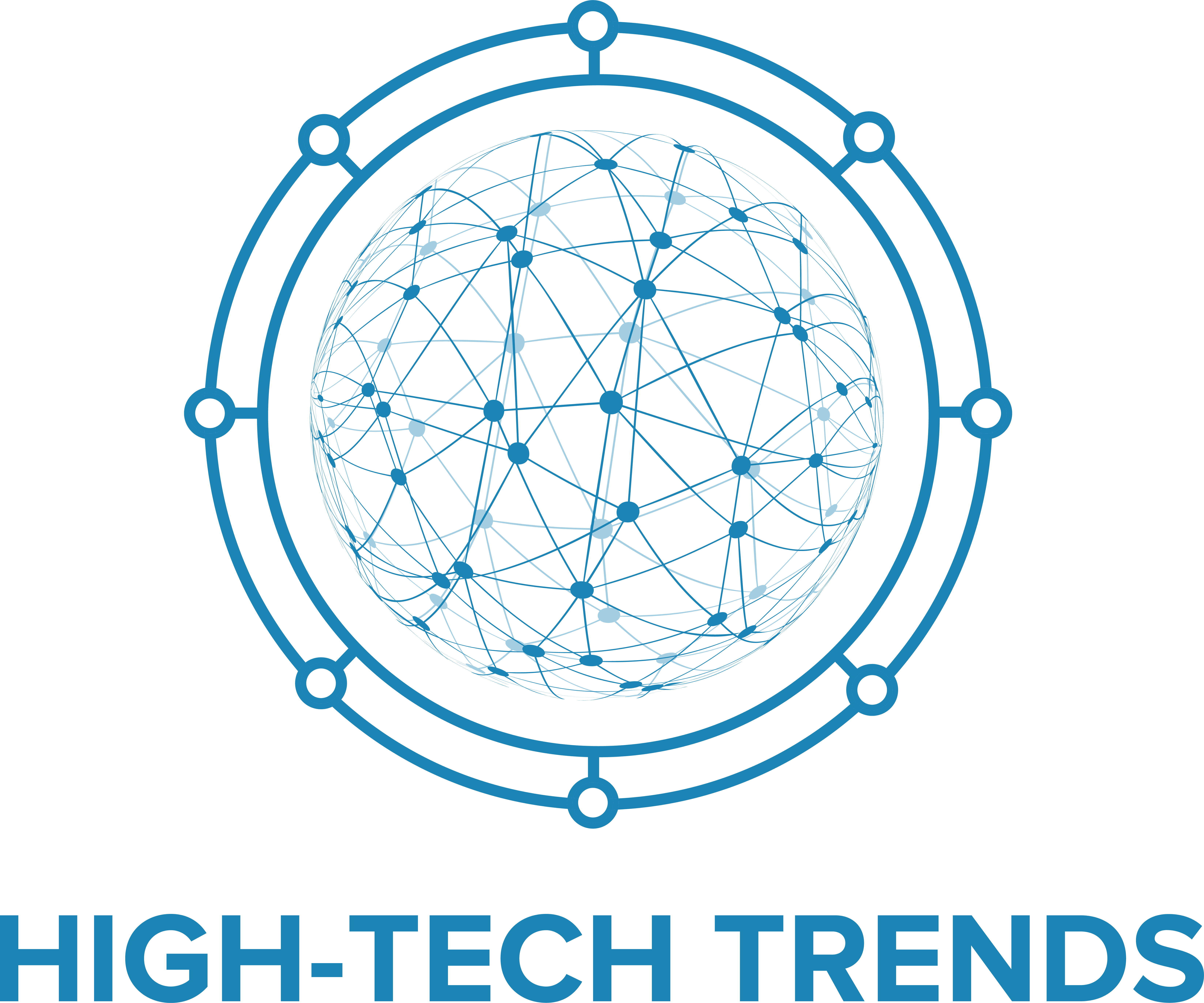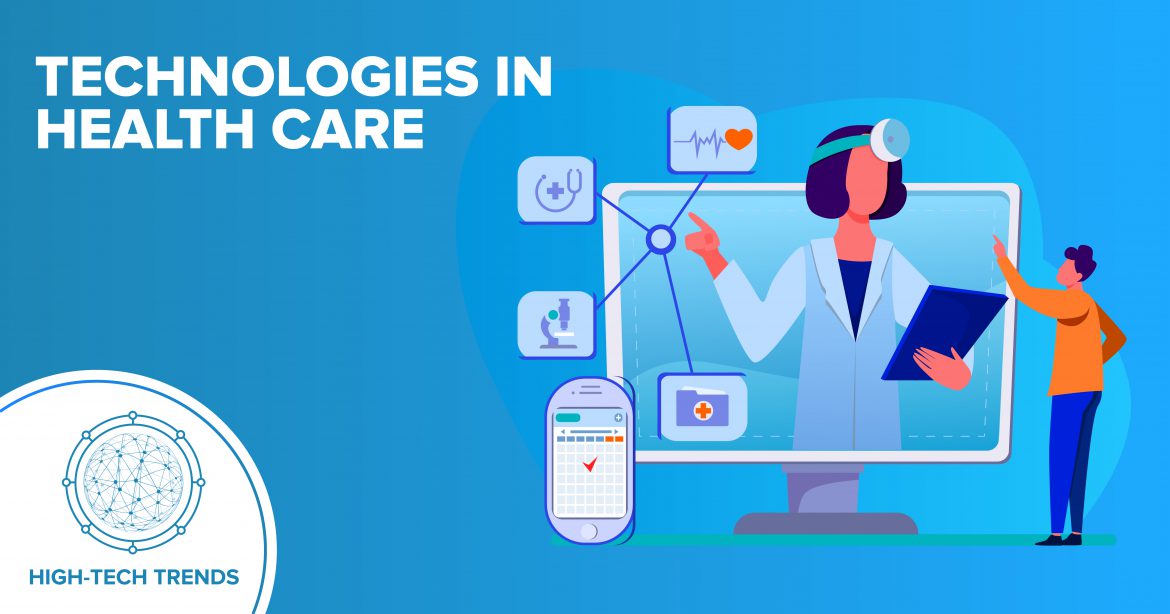High Tech Medical is part of the medicine and technological advances. This has saved millions of lives and strengthened many others. As technology continues to evolve over the years, it’s unknown what’s going to happen next. Here are the top ten emerging healthcare innovations for 2022:
Table of Contents
Top 10 Trends in High Tech Medical 2023
Smart inhaler
Inhalers are the main asthma treatment option and can be useful in 90 percent of patients if taken correctly. However, only about 50 percent of patients manage their condition, and 94 percent do not properly use inhalers, research shows.
A smart inhaler enabled by Bluetooth has been developed to help manage asthma patients’ conditions. Attached to the inhaler is a small tracker, which records the date and time of each dosage and whether it was administered correctly. Such data are then sent to the patient’s smartphone so that the patient can monitor their condition and control it. Clinical trials have found that smart inhalers lead to less drug use and more days without drug use.
Robotic surgery in High tech medical
Robotic surgery is used to assist with precision, control, and versatility in minimally invasive operations. Chirurgers can perform very complex procedures during robotic surgery, which are otherwise very difficult or impossible. Improved technology will allow surgeons to view crucial additional information about their patients in real-time during surgery, in combination with augmented reality. While the present technology raises worries that it will potentially replace a human surgeon, in the future, it will probably only be used to help and improve the surgeon’s work. Read more here on robotic surgery.
Wireless brain sensor as one of the most innovative High tech medical
According to lastPlasticstoday.com, advances in technology, thanks to plastics, allow scientists and doctors to team up to produce “bioabsorbable” electronics that can be inserted in the brain and dissolved when not needed anymore. And it was. A medical system is designed to help doctors monitor temperature and brain pressure. The sensor can be dissolved, which eliminates the need for more surgery.
3-D printing in High tech medical
Although you may not know, 3D printers rapidly became one of the market’s hottest innovations. Such printers are also ideal for producing implants and joints used during surgery. 3D-printed prostheses are entirely custom-made and are becoming increasingly common due to their digital ability to fit individual dimensions up to millimeters.
Printers let you build products that are both long-lasting and water-soluble. For instance, 3D printing can be used to “print” tablets that contain multiple drugs. It helps patients coordinate, schedule, and tracks various medicines. This is a perfect example of the way science and medicine work together.
The artificial organ in High tech medical
Bioprinting also represents a revolutionary medical technology for further advancing 3D printing. Being able to replicate skin cells for skin drafts for burn victims was initially ground-breaking, but this slowly gives way to more exciting possibilities. Scientists developed blood vessels, synthetic ovaries, and even the pancreas. These artificial organs develop inside the patient’s body and replace the faulty original organ. The ability to have artificial organs that the body’s immune system will not reject is ground-breaking. It will save millions of patients who rely on life-saving transplants every year.
Health wearable
Since the introduction of Bluetooth in 2000. With its introduction in the last few years, the demand for wearable devices has increased. Mobile phones are used by people today to track steps, physical fitness, heartbeat, sleep patterns, and more. The advent of these wearable devices is associated with an increase in chronic diseases such as diabetes and cardiovascular disease. It seeks to counter them by helping patients track and enhance their physical health.
Apple found a ground-breaking Apple Series 4 Watch in late 2018 with an integrated ECG to track the heart rhythm of the wearer. Customers were absorbed into the life-saving technology within a few days of its launch. This technology can detect potentially hazardous heart conditions far more quickly than usual. The demand for wearable devices is expected to hit 67 billion dollars by 2024.
Precision medicine
When medical technology progresses, individual patients are gradually being adapted to this. For example, in precision medicine, doctors can select drugs and treatments based on their genetic makeup for treating diseases such as cancer. Such personalized medication is much more successful than other treatment methods as it targets tumors based on different genes or proteins in a patient, induces gene mutations, and is quickly killed by cancer medicines.
Precision medicines can also be used for treating rheumatoid arthritis. To weaken the disease and reduce symptoms and joint damage, it uses specific mechanisms that target defective genes within the condition.
Virtual reality in High tech medical
Virtual reality has long been around. Recently, however, developments in medicine and technology have encouraged medical students to use technology to get closer to an understanding of real life. Through rehearsing the process and visually understanding how the anatomy of the human body is related, advanced techniques help you get the knowledge you need. VR devices also serve as an excellent aid in diagnosing patients, planning treatments, and preparing for the procedures they face. It has also proved to be highly effective in patient rehabilitation and recovery.
Telehealth
60 percent of consumers are believed to favor digital-driven services in a technology-driven world. Telehealth describes a rapidly evolving technology that allows patients to receive medical attention through digital devices rather than waiting for a doctor’s interview. For example, for immediate diagnosis and medical advice, a highly customized mobile app has been created that allows patients to speak to physicians and other health care professionals remotely.
By leveraging over-subscription services, TeleHealth provides patients with different healthcare access points when and where they need them. This is especially useful for patients with chronic illnesses, as it offers reliable, efficient, and cost-effective treatment for them. The global demand for telemedicine is expected to be estimated at $113.1 billion by 2025.
CRISPR
The most advanced gene-editing technology to date is the Clustered Regularly Interspaced Short Palindromic Repeats (CRISPR). This acts to “cleave” the contaminated DNA strand by manipulating the normal processes of the immune system of the invading bacterial cells. This DNA break could change the way we treat illnesses. Many of our most considerable health risks, such as cancer and HIV, may be resolved in the coming years by altering genes.
But their widespread use as all-powerful devices is contentious. Explicitly concerned about the “playing God” right of humankind and the use of gene editing to build a vast herd of designer babies. CRISPR continues to be a first-generation device, and its complete versatility is still not known.
Both pharmaceutical and medical technologies are continuing to develop over the years. People live longer, and fewer diseases are deemed incurable. Jobs in the pharmaceutical industry are in more demand than ever before. Who knows, next year will bring developments in medicine!
High-Tech Magazine: Stay updated
Did you find interesting our Top 10 Trends in High Tech Medical?, check out our High-Tech Magazine or our High-Tech Company Directory. If you would like to be included in an article or in our High-Tech Magazine, contact us via our Social Networks.





